1S-Sorting
Divide all items in the workplace into necessary and unnecessary, and organize unnecessary items.


5S originated in Japan, and Japanese-style enterprises regard the 5S movement as the basis of management work. Under the advocacy and promotion represented by Toyota, 5S has played a huge role in shaping the image of the company, reducing costs, delivering on time, safe production, high standardization, creating a refreshing workplace, and on-site improvement. recognized by the management community.

On-site management gap between Chinese and Japanese enterprises
Many domestic business managers regard tidiness and cleaning as hygiene issues, which are different from production. Since they are two different things, naturally they can be put aside when you are busy with work. Or when a superior leader comes to check the work, do a comprehensive cleaning temporarily, and do it for others to see.
However, Japanese business managers believe that 5S is the cornerstone of on-site management, and companies that do not do well in 5S cannot become excellent companies, so they will adhere to 5S management as an important operating principle.
Many domestic companies are keen on the promotion of slogans, slogans, documents, and short-term activities (sports). They seem to believe that setting up more such as "Ten Rules for Employees" in the factory area can change a person and improve their quality.
1S-Sorting
Divide all items in the workplace into necessary and unnecessary, and organize unnecessary items.
2S-Rectification
Put needed items in the right place in the right way for easy access.
3S-cleaning
Remove the dirt in the workplace, prevent the occurrence of dirt, and keep the workplace clean and bright.
4S-Clean
Cleaning is to institutionalize and standardize the implementation of the previous 3S (Sorting, Straightening, and Cleaning), and implement and maintain it.
5S-literacy
It is to cultivate employees with good habits and rules, and to create a team spirit.
Look at these 5S workshops
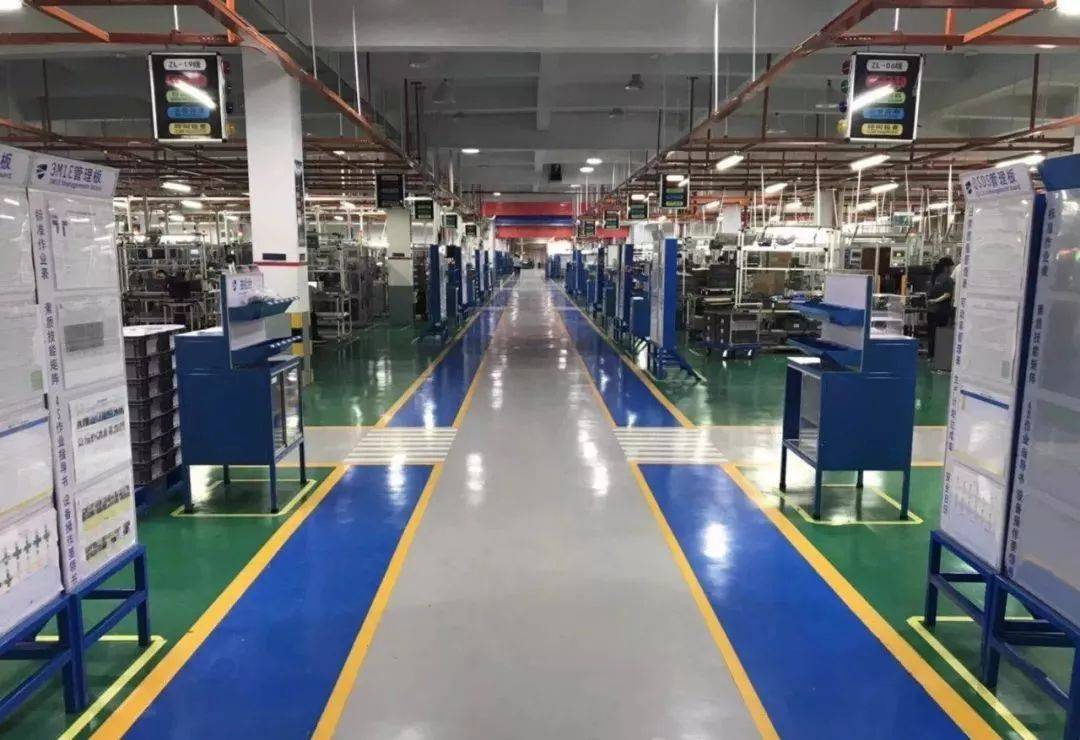
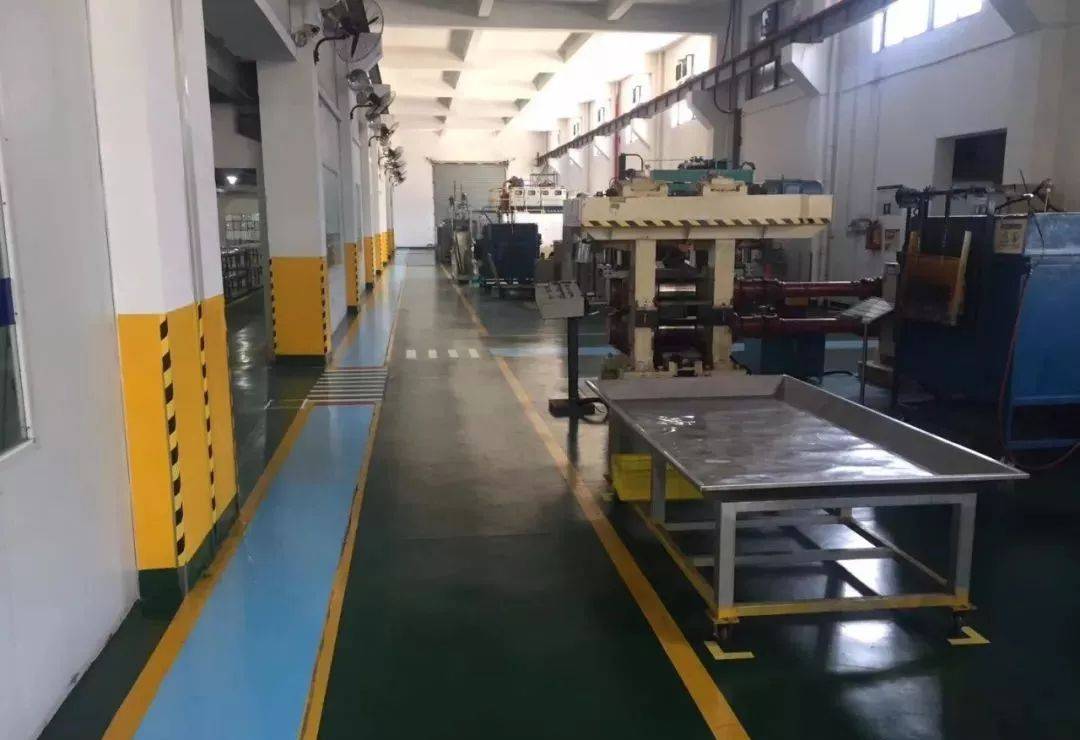
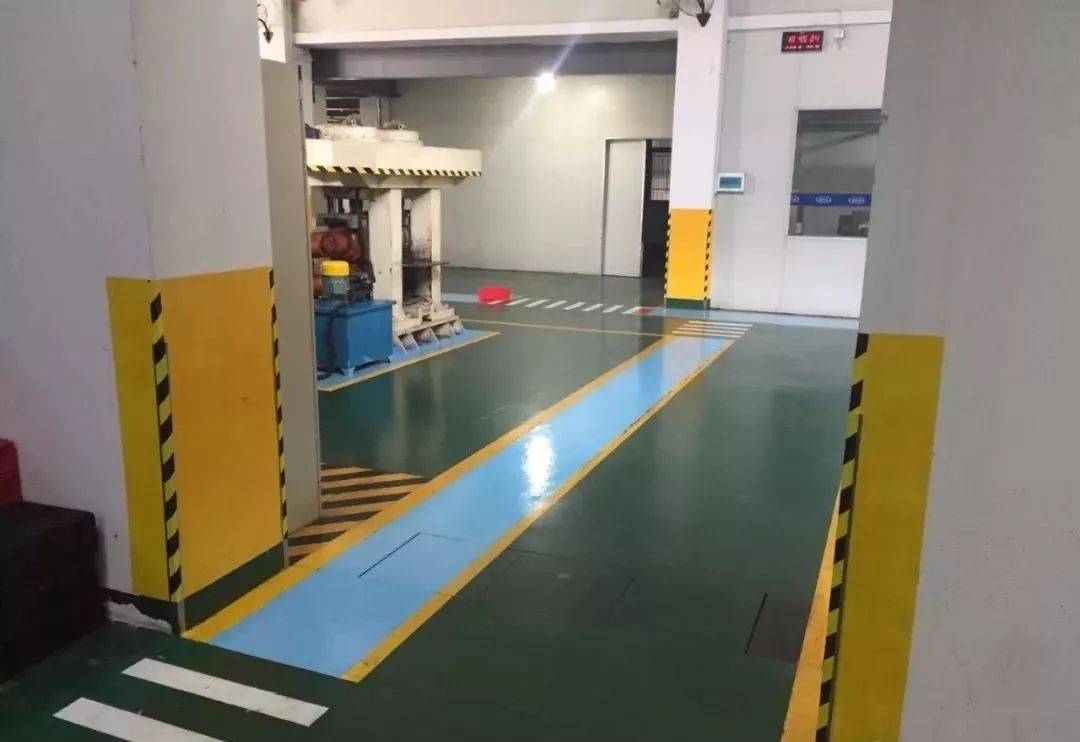
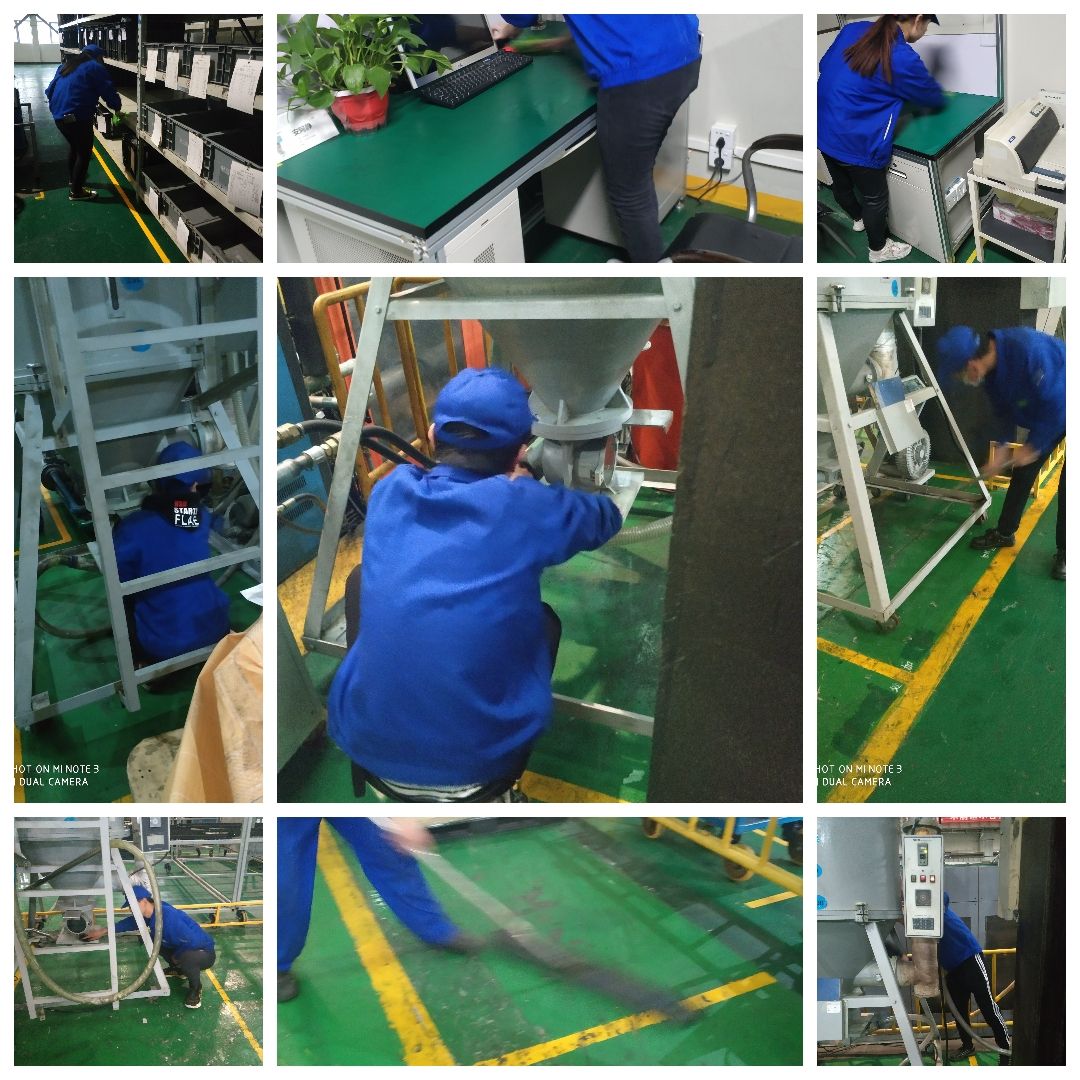
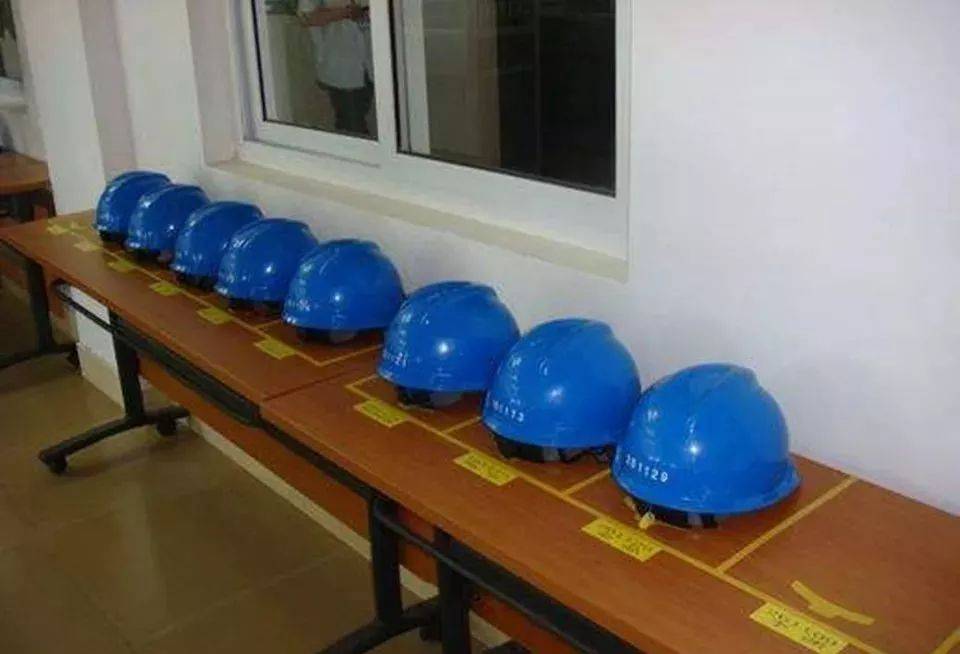

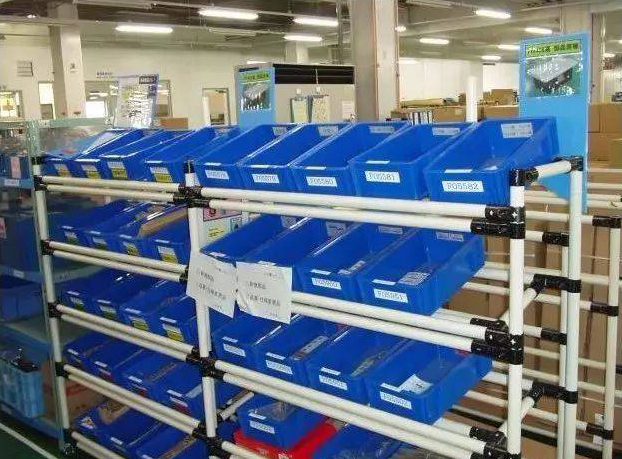
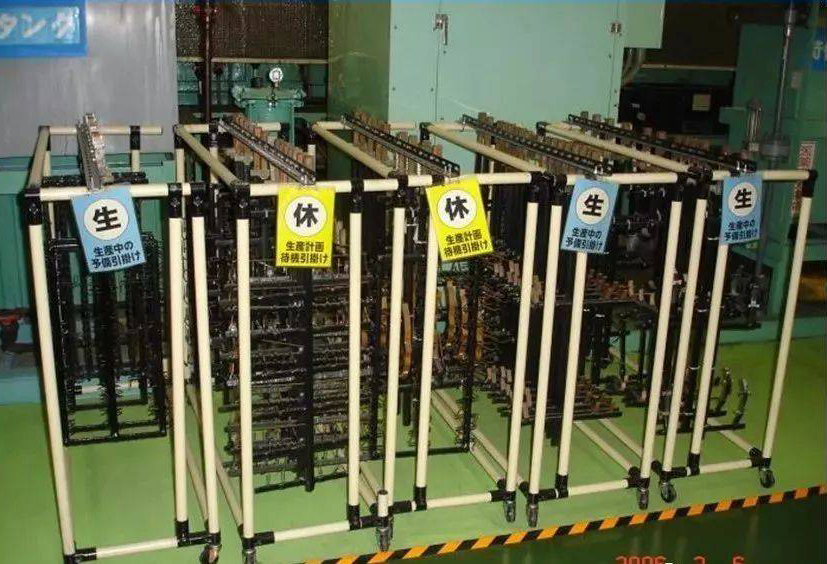
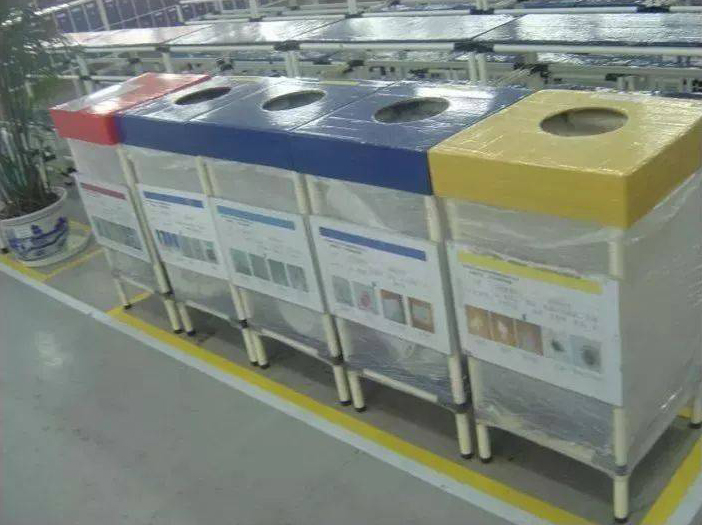
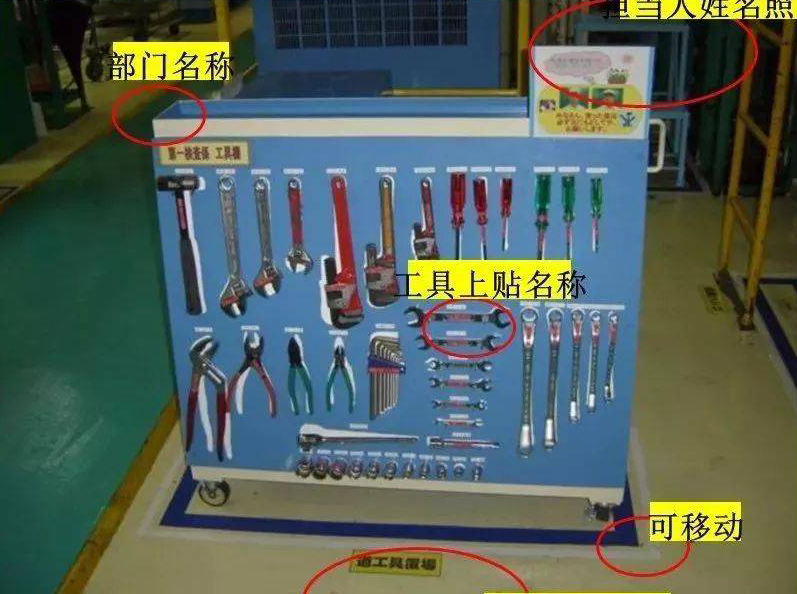
5S management is the foundation of enterprise management. It looks easy, but it is difficult to implement it. It requires all employees to abide by the regulations of sorting, rectifying, and cleaning, and everyone can "manage independently" in order to be successful.
??Text source: Smart Factory(Delete in case of tort)
??Image source: Internet